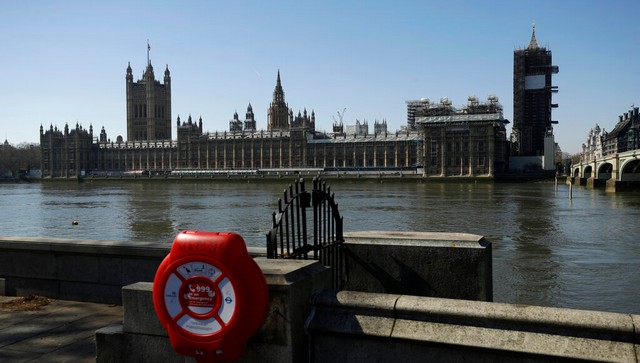Boris Johnson’s resignation announcement Thursday sets the stage for a leadership battle in his Conservative Party that will determine who becomes Britain’s next prime minister. The election of a new Tory leader — the third in six years — is a contest traditionally filled with twists, turns, bandwagons and backstabbing. Here is a guide to how the unusual process works: The process Johnson said he will step down as party leader on Thursday. He plans to remain in office as prime minister until a successor is chosen. The timetable to nominate his replacement will be set out next week. Party grandees hope to conclude the two-stage contest well before the Conservative party holds its annual conference in October. The first stage will see the 358 Conservative members of parliament whittle the nominees down to two, via successive rounds of voting in which the bottom candidate is eliminated each time. The second stage will involve tens of thousands of grassroots party members picking the winner in a secret ballot. Last time, Johnson defeated Jeremy Hunt in the final ballot of members. Whoever wins takes over what may be one of Europe’s hardest jobs. Also read: A bumpy ride: The political journey of Boris Johnson Johnson delivered Brexit after winning a thumping election victory in December 2019. But the fallout of the divisive EU divorce, on top of the cost of the coronavirus pandemic and global headwinds from the war in Ukraine, has given Britain near double-digit inflation. Once formally appointed as prime minister by head of state Queen Elizabeth II, the new Conservative leader must address the cost-of-living crisis and rapidly repair the party’s fortunes before the next election, which is due in 2024 at the latest. The contest The jockeying for position is already underway after finance minister Rishi Sunak and Health Secretary Sajid Javid quit Johnson’s scandal-tainted government on Tuesday. Potential runners who are popular with Tory members include Foreign Secretary Liz Truss and Defence Secretary Ben Wallace. Other candidates may run in the hope of a good showing that would boost their chances of a prime post in the new cabinet. In past contests, successive rounds of voting have taken place on Tuesdays and Thursdays. The new leader is chosen by Conservative party members of at least three months’ standing. They mail in their ballots after listening to the two finalists debate each other across various venues over several weeks. Also Read: Who will be Britain's next prime minister after Boris Johnson? The possibilities explained May skipped this stage in the July 2016 leadership contest because her last remaining rival, Andrea Leadsom, withdrew. The intrigue British politics are in tumult and few would dare predict how events will unfold. Conservative lawmakers will be torn between backing contenders who best reflect their own views, particularly on Brexit, while also appealing to the wider electorate. MPs can coalesce around certain candidates or try to block someone they dislike from making the final run-off, with conventional wisdom that the least hated contender often prevails. Those twists and turns give the Conservative leadership contests their drama. Before 1965, the leader simply “emerged” from talks among party bigwigs. Johnson — a divisive figure even within his own party in 2019 but seen as a likely general election vote-winner — was the clear favourite to succeed May. Before then, however, the early favourite never won. That included Johnson in 2016, when May won. Johnson was the frontrunner before being “knifed in the front” by running mate Michael Gove and dropping out. May’s predecessor David Cameron also overcame initial favourite David Davis in 2005. Read all the Latest News , Trending News , Cricket News , Bollywood News , India News and Entertainment News here. Follow us on Facebook, Twitter and Instagram.
The Conservative party hopes to conclude the two-stage contest to pick a new leader before it holds its annual conference in October. The first stage will see the 358 members of Parliament whittle the nominees down to two and in the second stage several grassroot party members will pick the winner
Advertisement
End of Article


)

)
)
)
)
)
)
)
)



